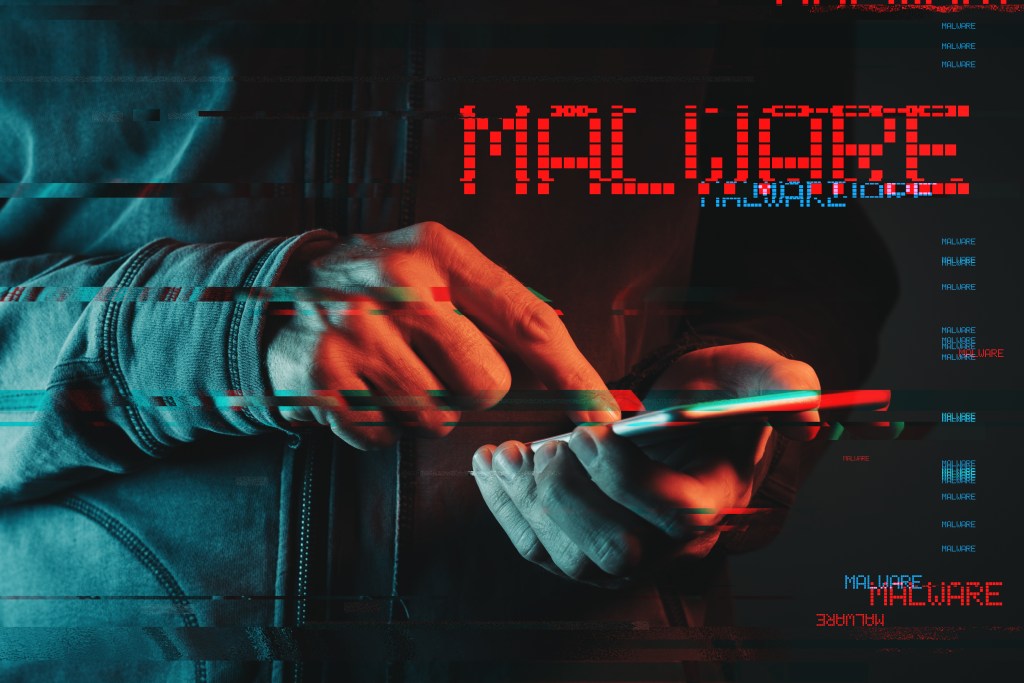
Launching a career in ethical hacking is like stepping into a digital chess match, where your goal is to be one move ahead of the bad guys. It’s not just about breaking into systems; it’s about understanding the intricacies of cybersecurity and using that knowledge to protect sensitive information. Let’s explore what it takes to become an ethical hacker and why it is crucial in today’s digital landscape.
Understanding the Ethical Hacker’s Role
Ethical hackers are the unsung heroes of the digital world. They’re the ones who:
- Simulate cyberattacks to uncover vulnerabilities
- Analyze security systems from top to bottom
- Stay up-to-date with the latest hacking techniques
- Work within legal and ethical boundaries to protect organizations
It’s a job that requires both technical expertise and a strong moral compass. According to the (ISC)² Cybersecurity Workforce Study, there’s a global shortage of 3.4 million cybersecurity professionals[1]. This gap highlights the growing need for skilled, ethical hackers who can defend against increasingly sophisticated cyber threats.
Essential Skills for Ethical Hacking
To excel in this field, you’ll need to develop a diverse skill set:
- Coding Prowess: Master languages like Python, C++, or Ruby.
- Network Security Knowledge: Understand firewalls, VPNs, and intrusion detection systems.
- Operating System Expertise: Be comfortable with Windows, Linux, and macOS.
- Analytical Thinking: Develop problem-solving skills to outsmart potential attackers.
Remember, these skills are just the foundation. The cybersecurity landscape is constantly evolving, so continuous learning is key.
Educational Pathways
There’s no one-size-fits-all approach to becoming an ethical hacker. You might choose:
- Formal cybersecurity degree programs
- Specialized ethical hacking courses
- Intensive boot camps
- Self-paced online learning
Each path has pros and cons, so consider your learning style and career goals. Interestingly, a study by Cybersecurity Ventures predicts that there will be 3.5 million unfilled cybersecurity jobs globally by 2021, emphasizing the importance of quality education in this field.
Gaining Practical Experience
Theory is great, but hands-on experience is where you really learn the ropes. Here’s how you can get that valuable experience:
- Participate in cybersecurity internships
- Practice in ethical hacking labs
- Volunteer for non-profits or small businesses
- Contribute to open-source projects
- Join bug bounty programs
These experiences sharpen your skills and help you build a professional network. Remember, in cybersecurity, who you know can be just as important as what you know.
Certifications: Your Stamp of Approval
Certifications are like badges of honor in the ethical hacking world. They prove you’ve got the chops to tackle real-world cybersecurity challenges. Some key certifications include the following, but this is only a partial list:
- Certified Ethical Hacker (CEH)
- Offensive Security Certified Professional (OSCP)
- CompTIA PenTest+
- GIAC Penetration Tester (GPEN)
- Certified Penetration Tester (CPT)
- EC-Council Licensed Penetration Tester (LPT) Master
- Certified Expert Penetration Tester (CEPT)
- GIAC Exploit Researcher and Advanced Penetration Tester (GXPN)
- Certified Mobile and Web Application Penetration Tester (CMWAPT)
- Computer Hacking Forensic Investigator (CHFI)
According to a report by Global Knowledge, 85% of IT professionals hold at least one certification, and 66% plan to pursue a new certification this year. This shows how vital these credentials are in the industry.
Staying Ahead of the Game
The cybersecurity field moves at lightning speed, and staying current is crucial. Here’s how to keep your skills sharp:
- Attend industry conferences and workshops
- Participate in online forums and communities
- Take advantage of Massive Open Online Courses (MOOCs)
- Specialize in emerging areas like IoT or cloud security
Remember, the best ethical hackers are those who never stop learning. They’re always one step ahead, ready to tackle the next significant cyber threat.
In conclusion, becoming an ethical hacker is a continuous growth and learning journey. It’s a challenging path but one that offers immense rewards. You’ll be at the forefront of protecting our digital world, playing a crucial role in safeguarding sensitive information and critical infrastructure. So, are you ready to don your white hat and join the ranks of cybersecurity’s elite?
You may also enjoy this article on ethical hacking and our post on 25 ways to get into a cybersecurity career.
#EthicalHacking #EthicalHacker #Cybersecurity #TechCareers











